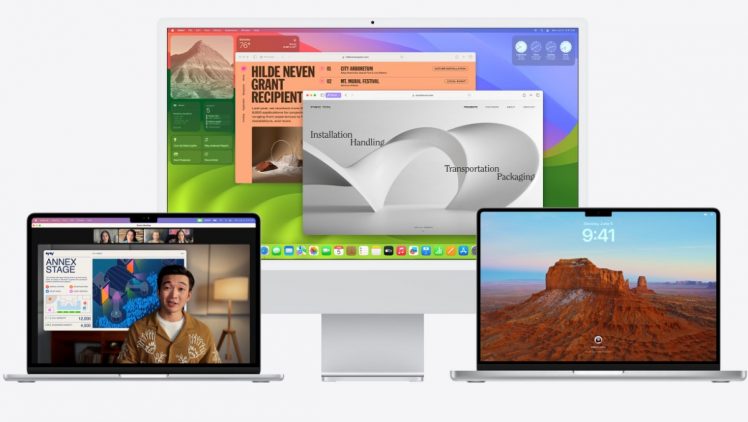- According to Re.alto, electric cars consume up to 1,000 kWh/year when stationary
- This represents an annual expenditure of 500 to 600 euros for owners of electric vehicles (depending on energy tariffs in Belgium)
- This hidden consumption at standstill is mainly due to data transmission
As automakers go all the way to electrification – and more and more European motorists are interested in buying an electric car, a study has thrown some confusion on the total cost of this transport option individual. Compiled by the start-up Re.alto, a subsidiary of Elia Group, specialized in the exchange of energy data, the study highlights a surprising hidden cost.
Even leaving it permanently stationary, your electric car costs you money via the electricity bill. Whatever you do, your car has to perform tasks all the time, which on average translates to more than a thousand kilowatt-hours per year. Dieter Jong of Re.alto explains: “cars stationary all day consume – depending on the type – around 3 kilowatt-hours/day. This corresponds to more than 1,000 kWh/year”.
Why do stationary electric cars consume so much?
In Belgium, we speak of a “overall annual cost of 500 euros”, which can even go up to 600 euros with certain suppliers. In France, the price per kilowatt-hour including tax is €0.2062 in May 2023 (Base option for a 6 kVA meter, at EDF’s regulated tariff) – which means potentially lower costs, but still around €206 per year, provided you can really benefit from this rate in your case (knowing that as a bonus it is likely to be revised upwards in the coming months…).
But then, how to explain this consumption, and above all is there a way to completely stop it? In reality, the cause is not far to seek: in addition to being electric, these cars are generally connected – permanently to the manufacturer and to the smartphone of the users. On the one hand, the manufacturer regularly pushes security updates, even performance updates that are very useful to users.
At manufacturers like Tesla, some updates are even paid for, and aim to deliver (or more precisely unleash) things like acceleration. On the other hand, your car constantly transmits status information to your smartphone. “Electric cars constantly transmit data to the user’s application: temperature, battery status, meter readings…”explains Dieter Jong.
A new communication protocol seems necessary
A behavior whose consequences are too often ignored. The solution, according to Dieter Jong, would be to be able to put electric cars in standby mode. But, this action is not without drawbacks: “Most drivers prefer stand-by mode because in sleep mode they are no longer connected to the mobile app and reconnection takes a few minutes upon restart”continues Dieter Jong.
For now, you will understand, there is no real solution. The connectivity of electric cars has not really been a subject for car manufacturers until now, which is more focused on comfort, interior features, optimization of batteries and autonomy or even new horizons with THE vehicle-to-grid For example.
In order not to lose connectivity without expending so much energy unnecessarily, it would therefore be necessary to invent new, less energy-consuming communication protocols. We note that some already exist for low-bandwidth connected objects, such as Zigbee or Bluetooth LE. A version of these protocols (or related) with more capacity will undoubtedly be necessary to significantly lower the annual cost of owning an electric vehicle.

